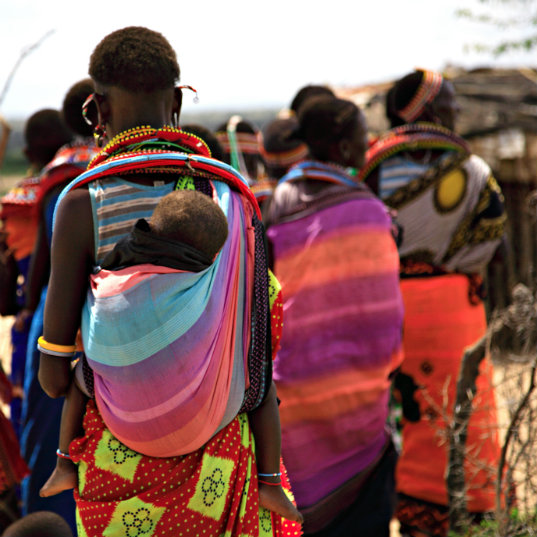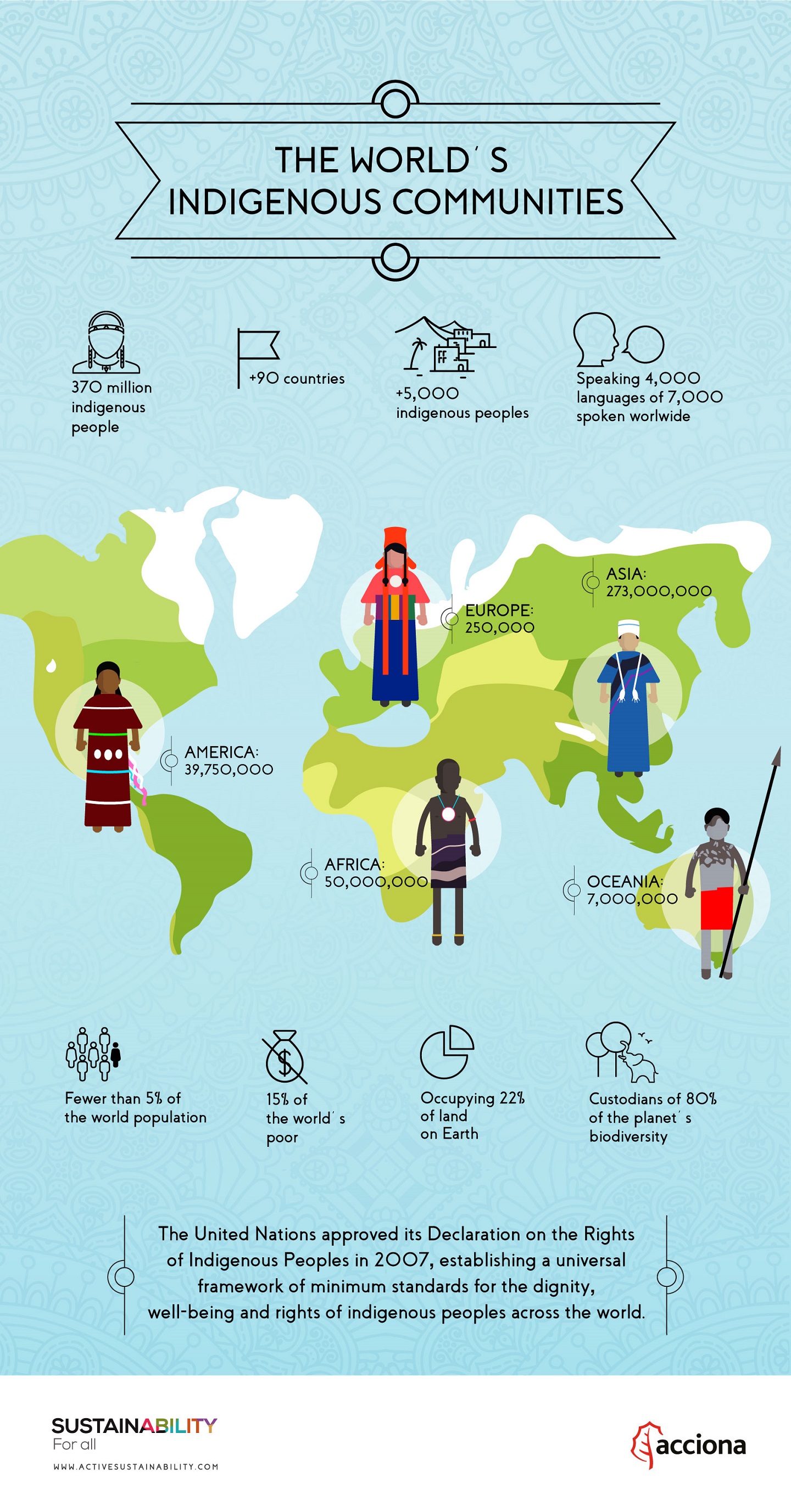They manage 80% of the Earth’s biodiversity, yet they only occupy 22% of planet’s surface. They represent fewer than 5% of the global population, but amount to 15% of people living in poverty. Which social group are subject to these statistical imbalances? We are talking about the world’s indigenous communities.
Although international organizations generally avoid attributing a universal definition to the world´s indigenous communities, the United Nations has identified two common features that encompass them: specific legal rights based on historic links with a certain territory, and; cultural, linguistic and historic differences to other peoples who dominate them politically.
The United Nations approved the Declaration on the Rights of Indigenous Peoples in 2007, establishing a universal framework of minimum standards for the dignity, well-being and rights of indigenous peoples worldwide. This declaration promulgates the suffering of indigenous peoples, caused by “historic injustices… preventing them from exercising, in particular, their right to development in accordance with their own needs and interests”.
Custodians of nature and culture

The role that indigenous communities play in protecting the environment is essential. According to the NGO Survival, indigenous peoples have developed “sophisticated codes of conservation to stop overhunting and preserve biodiversity”. Reference to their habitats being “virgin” or “unexplored” lands until the arrival of colonists is a frequent error. These peoples have managed the lands and protected their natural environments generation after generation for millennia.
But the conservation work of indigenous communities in the world is not exclusively limited to ecosystems, flora and fauna. On the cultural level, they keep alive about 4,000 languages, which means they know and use over half of the 7,000 languages that currently exist on the planet.
How many indigenous people are there and where do they live?
Quantifying the number of members belonging to indigenous communities and their exact locations is a complicated task. Statistics coincide, however, to indicate that there are around 370 million indigenous people in the world, spread throughout more than 5,000 groups.
These peoples live in over 90 countries on five continents, with Asia (headed by China) the region with the most indigenous people in the world and Europe with the fewest:
- America 39,750,000
- Europe 250,000
- Africa 50,000,000
- Asia 273,000,000
- Oceania 7,000,000
In the following graphic, we have gathered some of the most relevant data on the existence of indigenous communities in the world:
Sources: Ethic, Amnesty International, Viaje Jet, FAO and the World Bank.
